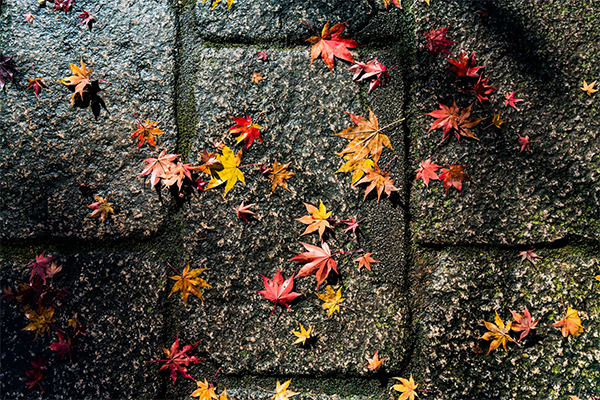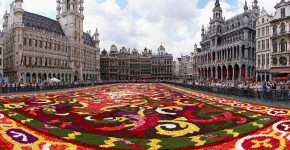The Enchanting Charms of Kyoto, Japan: A Cultural Odyssey
Kyoto, located amid stunning environment, showcases Japan’s rich cultural heritage. With its beautiful temples, calm gardens, and wooden machiya houses, this historic city transports visitors back in time. Walking through Gion’s geisha quarter or the splendor of Kinkaku-ji demonstrates that Kyoto is a living museum preserving Japan’s past. The stone walks and well maintained gardens tell stories of samurais, emperors, and centuries-old traditions, transporting tourists on an enthralling cultural trip.
The Historical Splendor of Kyoto
Nestled amidst the picturesque landscapes of Japan, Kyoto stands as a testament to the country’s rich cultural heritage. With its awe-inspiring temples, serene gardens, and traditional wooden machiya houses, this ancient city exudes an enchanting charm that transports visitors back in time. As one wanders through the narrow streets of Gion, the historic geisha district, or explores the grandeur of Kinkaku-ji, the Golden Pavilion, it becomes evident that Kyoto is a living museum, preserving the essence of Japan’s past. Each stone pathway and meticulously manicured garden whispers tales of samurais, emperors, and centuries-old traditions, inviting travelers on a captivating cultural odyssey.
Exploring Kyoto’s Temples and Shrines
Kyoto’s temples and shrines offer a captivating glimpse into the spiritual heart of Japan. From the iconic Fushimi Inari Taisha, with its mesmerizing path of thousands of vibrant torii gates, to the serene beauty of Kiyomizu-dera, perched on a hillside overlooking the city, each sacred site holds its own unique allure. The intricate architecture, intricate gardens, and tranquil atmosphere create a sense of reverence and tranquility. Whether one seeks solace in the peaceful Zen gardens of Ryoan-ji or marvels at the golden splendor of the Kinkaku-ji, Kyoto’s temples and shrines provide a sanctuary for both the devout and the curious traveler alike.
Kyoto’s Traditional Arts and Crafts
Immersing oneself in Kyoto’s traditional arts and crafts is like stepping into a world where time-honored techniques and artistic mastery are celebrated. From the delicate art of tea ceremony, where every gesture holds profound meaning, to the intricate artistry of kimono weaving, where threads are transformed into wearable works of art, Kyoto’s artisans uphold centuries-old traditions. The city’s pottery, lacquerware, and calligraphy also showcase the meticulous craftsmanship and attention to detail that define Japanese aesthetics. Exploring the workshops and studios, visitors have the opportunity to witness these artisans at work, gaining a deeper appreciation for the beauty and significance of Kyoto’s traditional arts and crafts.
Experiencing Kyoto’s Seasonal Delights
Kyoto delights the senses with seasonal treats all year. In the spring, cherry blossoms blanket the city, luring both locals and visitors to parks and temples for Hanami, or flower watching. Gion Matsuri, with its colorful floats and boisterous processions, enlivens the streets in the summer. Kyoto’s gardens and mountains are transformed into a stunning fall landscape by the presence of maple leaves. The tranquility of snow-covered temples and the warm glow of traditional winter illuminations create an incredible winter scene.
Kyoto, located in the heart of Japan, shows the country’s rich culture. Its old temples, peaceful gardens, and traditional crafts transport visitors back in time to the era of samurais and emperors. Kyoto’s religious monuments, artisans, and seasonal delights combine for an exciting journey through time. The historical splendor of this quaint city enchants tourists with each step, leaving an indelible impression on their spirits.
Photo Attribution:
1st & featured image by https://unsplash.com/photos/aerial-view-of-city-buildings-during-daytime-J4H50uMTw3M
2nd image by https://unsplash.com/photos/yellow-and-brown-maple-leaves-on-ground-k8Vog3Xz7Ek






